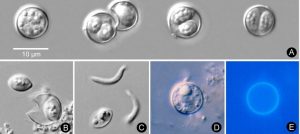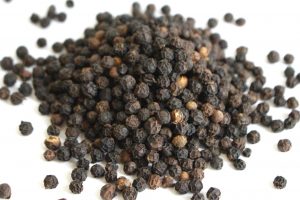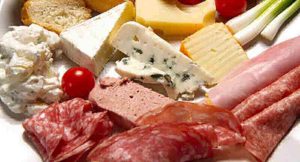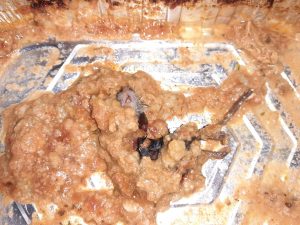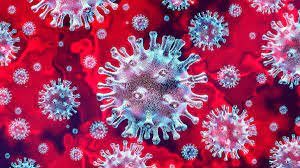Salmonella is a leading cause of foodborne illness (i.e., salmonellosis) outbreaks, which on occasion are attributed to ground turkey. The poultry industry uses Salmonella prevalence as an indicator of food safety. However, Salmonella prevalence is only one of several factors that determine risk of salmonellosis. Consequently, a model for predicting risk of salmonellosis from individual lots of ground turkey as a function of Salmonella prevalence and other risk factors was developed.
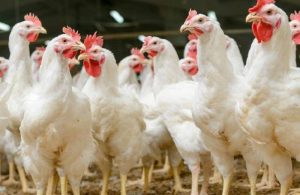 Data for Salmonella contamination (prevalence, number, and serotype) of ground turkey were collected at meal preparation. Scenario analysis was used to evaluate effects of model variables on risk of salmonellosis. Epidemiological data were used to simulate Salmonella serotype virulence in a dose‐response model that was based on human outbreak and feeding trial data. Salmonella prevalence was 26% (n = 100) per 25 g of ground turkey, whereas Salmonella number ranged from 0 to 1.603 with a median of 0.185 log per 25 g. Risk of salmonellosis (total arbitrary units (AU) per lot) was affected (p ≤ 0.05) by Salmonella prevalence, number, and virulence, by incidence and extent of undercooking, and by food consumption behavior and host resistance but was not (p > 0.05) affected by serving size, serving size distribution, or total bacterial load of ground turkey when all other risk factors were held constant. When other risk factors were not held constant, Salmonella prevalence was not correlated (r = −0.39; p = 0.21) with risk of salmonellosis. Thus, Salmonella prevalence alone was not a good indicator of poultry food safety because other factors were found to alter risk of salmonellosis. In conclusion, a more holistic approach to poultry food safety, such as the process risk model developed in the present study, is needed to better protect public health from foodborne pathogens like Salmonella .
Data for Salmonella contamination (prevalence, number, and serotype) of ground turkey were collected at meal preparation. Scenario analysis was used to evaluate effects of model variables on risk of salmonellosis. Epidemiological data were used to simulate Salmonella serotype virulence in a dose‐response model that was based on human outbreak and feeding trial data. Salmonella prevalence was 26% (n = 100) per 25 g of ground turkey, whereas Salmonella number ranged from 0 to 1.603 with a median of 0.185 log per 25 g. Risk of salmonellosis (total arbitrary units (AU) per lot) was affected (p ≤ 0.05) by Salmonella prevalence, number, and virulence, by incidence and extent of undercooking, and by food consumption behavior and host resistance but was not (p > 0.05) affected by serving size, serving size distribution, or total bacterial load of ground turkey when all other risk factors were held constant. When other risk factors were not held constant, Salmonella prevalence was not correlated (r = −0.39; p = 0.21) with risk of salmonellosis. Thus, Salmonella prevalence alone was not a good indicator of poultry food safety because other factors were found to alter risk of salmonellosis. In conclusion, a more holistic approach to poultry food safety, such as the process risk model developed in the present study, is needed to better protect public health from foodborne pathogens like Salmonella .
Salmonella prevalence alone is not a good indicator of poultry food safety, 20 July 2020
Risk Analysis
Thomas Oscar
https://doi.org/10.1111/risa.13563
https://onlinelibrary.wiley.com/doi/abs/10.1111/risa.13563?af=R

